Richland Pest & Bee has completed the Pollinator Awareness certification through the National Pest Management Association. Chemicals applied professionally by Richland Pest & Bee are aligned with preserving pollinator habitats.
Whenever possible, we try to focus on repelling and preventing bees as opposed to eliminating them.
Creating a garden out of native plants is a great way to provide a sanctuary for local pollinators. You can attract honeybees, bumble bees, butterflies and hummingbirds to your property by planting flowering perennials that provide food and a resting place for these important creatures.
Take a look at the guide we’ve put together below highlighting some of the beautiful native plants available throughout CT. Choose one or several of your favorites that will thrive in your garden to get your pollinator garden started this year!
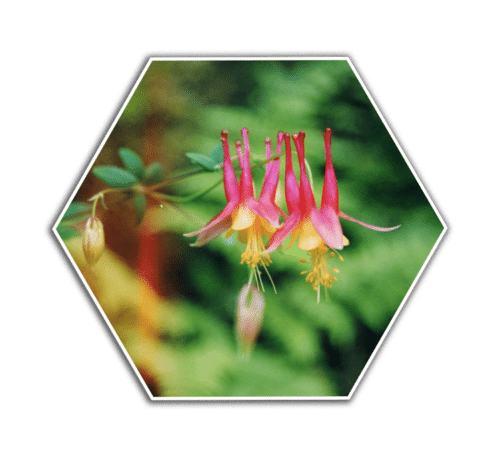
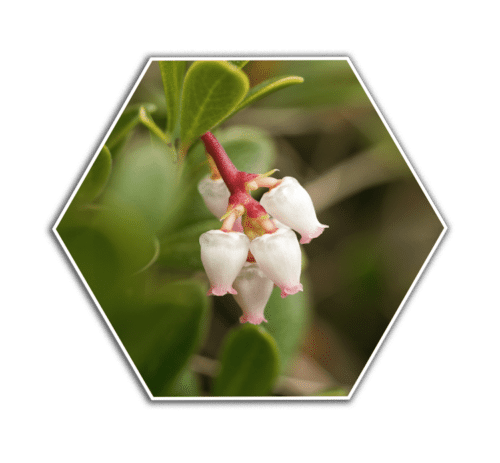
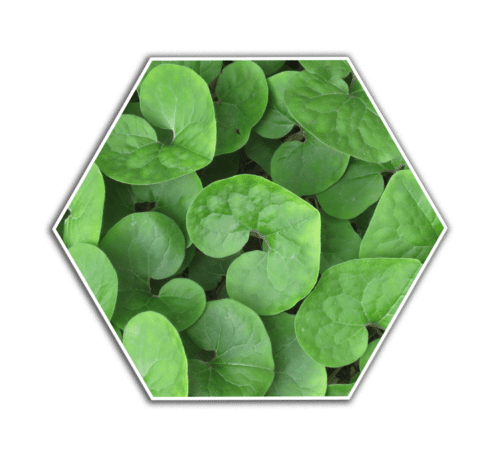
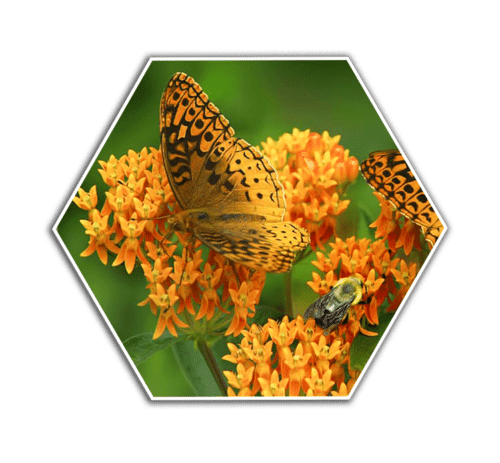
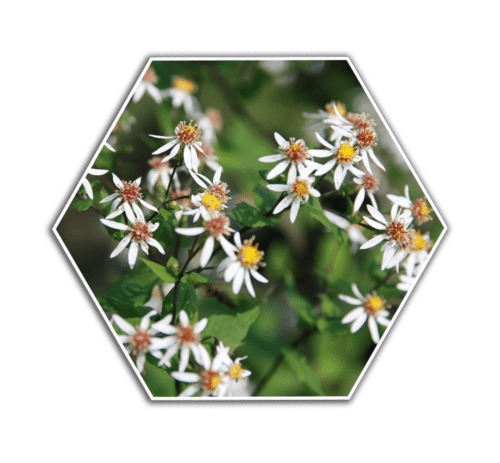
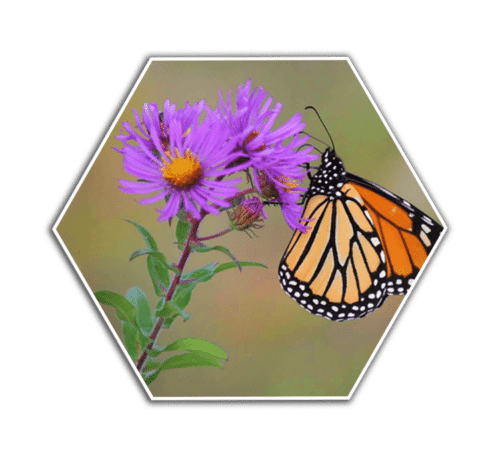
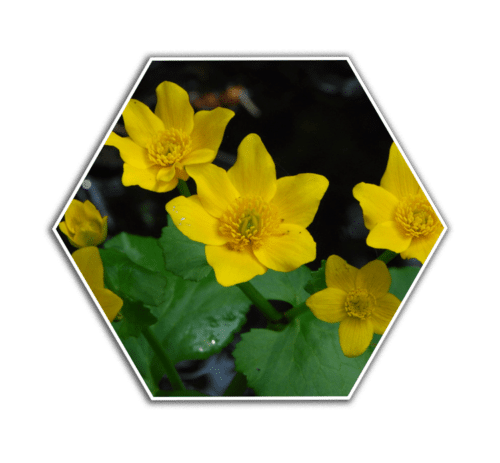
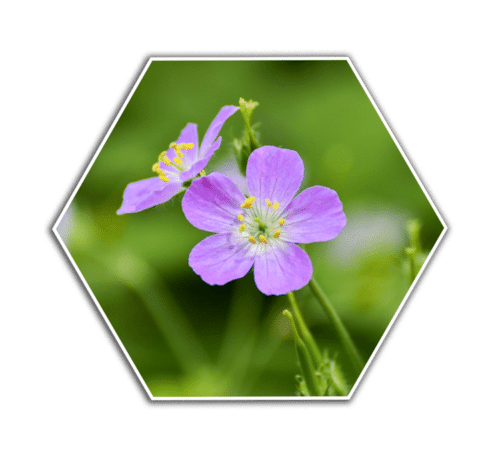
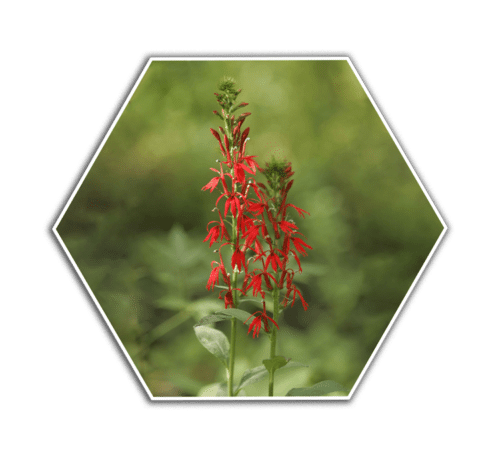
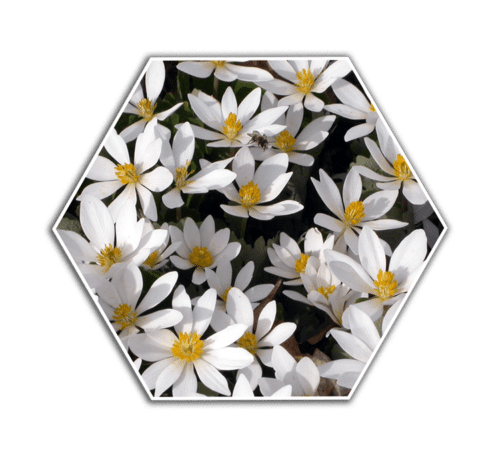
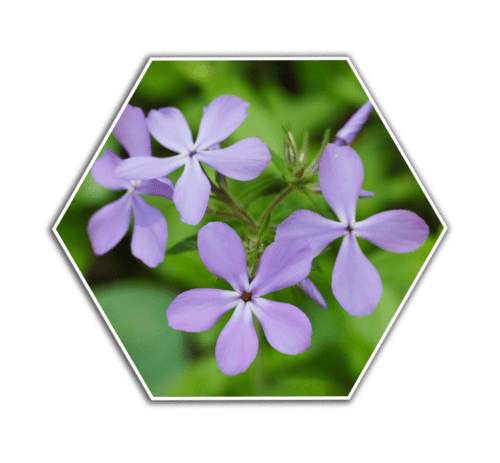
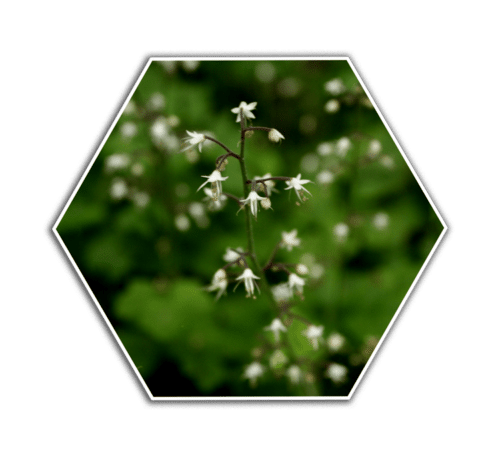
If you have a stinging insect problem, call Richland Pest & Bee Control at 1-800-308-9126. We’ll inspect your property, locate the nest or hive and identify the species. Our trained professionals can offer solutions for safely relocating honey bees to help protect beneficial pollinators and eliminate dangerous pests like hornets or wasps, leaving you with a safe home environment.









